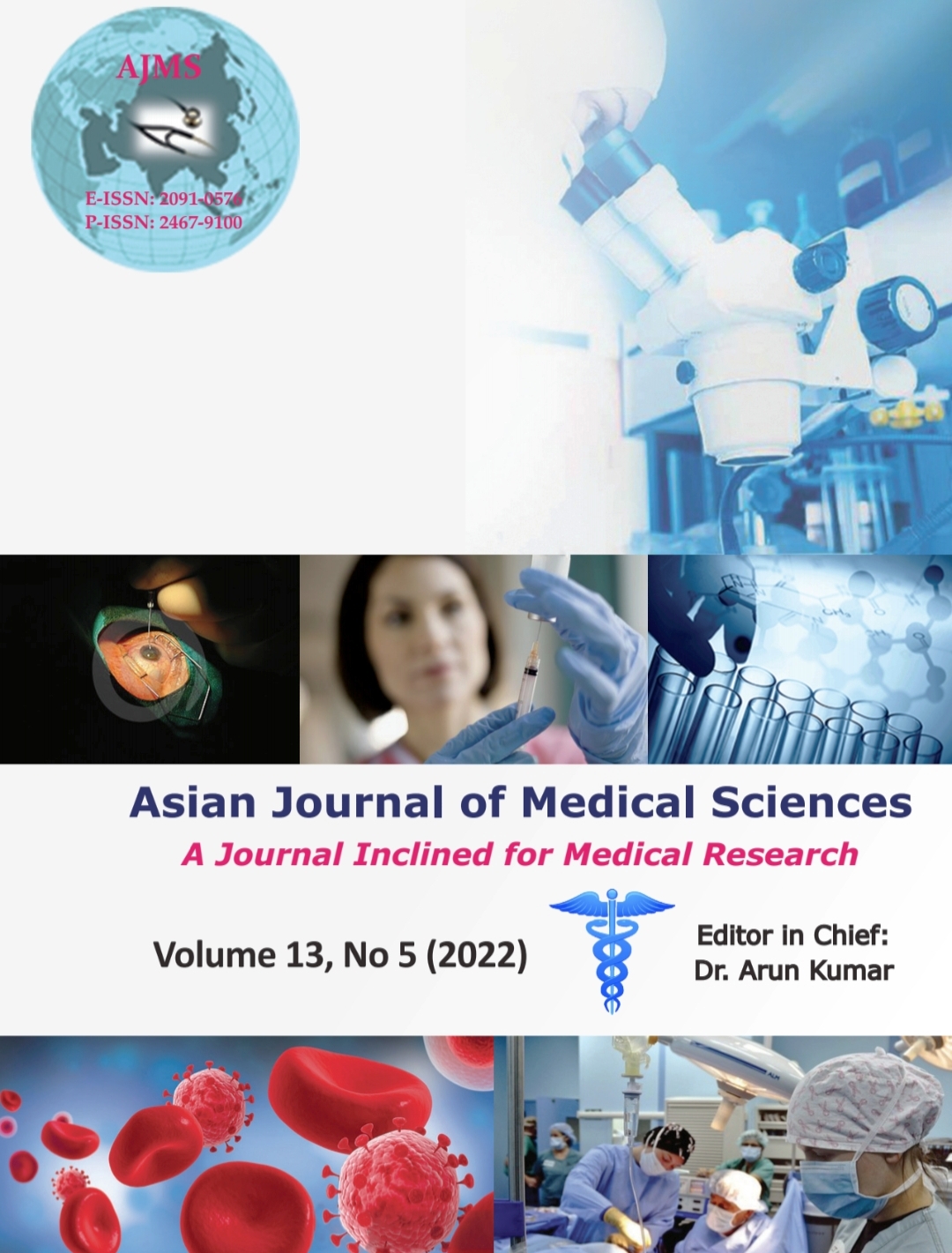Reliability of Typhidot-M in diagnosis of typhoid fever in children
Keywords:
Child, Typhidot-M, Typhoid fever, Widal testAbstract
Background: Typhoid fever continues to be endemic and a major cause of mortality and morbidity in the developing countries. Many times, it presents a diagnostic challenge to treating physicians due to overlapping clinical features with other common causes of acute fever. A rapid and reliable laboratory test would be of great help to clinicians for early diagnosis and appropriate treatment of typhoid fever.
Aims and Objectives: The present study was conducted to assess the reliability of Typhidot-M in diagnosis of typhoid fever.
Materials and Methods: A total of 203 children with clinical features consistent with typhoid fever were enrolled in the study. Blood culture, Typhidot-M, and Widal test were performed. Sensitivity, specificity, positive predictive value (PPV), and negative predictive value (NPV) were calculated for Typhidot-M and Widal test in comparison with blood culture as reference standard.
Results: Out of 203 patients, 30 (14.8%) were blood culture positive. One hundred and six patients were Typhidot-M positive and 97 were negative. Typhidot-M had a sensitivity of 93.3%, specificity of 54.9%, and PPV and NPV of 26.4% and 97.9%, respectively.
Conclusion: Typhidot-M is a sensitive test for early diagnosis of typhoid fever. However due to low specificity, positive results should be correlated with clinical picture and other possible diagnoses.
Downloads
Downloads
Published
How to Cite
Issue
Section
License
Copyright (c) 2022 Asian Journal of Medical Sciences

This work is licensed under a Creative Commons Attribution-NonCommercial 4.0 International License.
Authors who publish with this journal agree to the following terms:
- The journal holds copyright and publishes the work under a Creative Commons CC-BY-NC license that permits use, distribution and reprduction in any medium, provided the original work is properly cited and is not used for commercial purposes. The journal should be recognised as the original publisher of this work.
- Authors are able to enter into separate, additional contractual arrangements for the non-exclusive distribution of the journal's published version of the work (e.g., post it to an institutional repository or publish it in a book), with an acknowledgement of its initial publication in this journal.
- Authors are permitted and encouraged to post their work online (e.g., in institutional repositories or on their website) prior to and during the submission process, as it can lead to productive exchanges, as well as earlier and greater citation of published work (See The Effect of Open Access).




